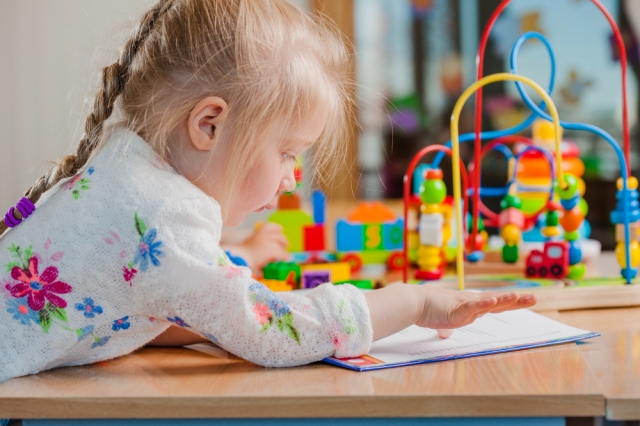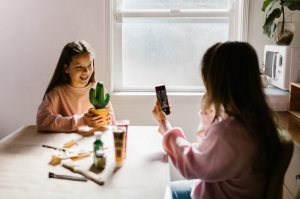For parents, finding ways to keep a toddler engaged while also helping them learn can be a challenge. Many toddler learning games free combine colorful visuals, simple activities, and playful sounds that turn screen time into a valuable learning opportunity. From recognising shapes to matching colours and solving small puzzles, these games spark curiosity and build essential skills without feeling like lessons.
To get the most out of them:
- Go for short, varied challenges that keep little ones curious without tiring them out.
- Pick activities that grow with your child, adjusting as they gain new skills.
- Set a steady rhythm of play, keeping sessions short but regular to avoid overload.
- Blend on-screen fun with real-world play, so new knowledge becomes part of everyday life.
For instance, after playing a fruit-matching game, you could invite your child to find the same fruits in the kitchen — linking the digital and the real world. These playful connections don’t just entertain; they strengthen focus, hand–eye coordination, and problem-solving in ways that feel natural to a child. By turning curiosity into discovery, they nurture both cognitive and creative growth.
Why creative play matters in early development
Toddlers learn best when they can explore and create. Drawing, painting, and imaginative games help develop fine motor skills, improve hand–eye coordination, and build early problem-solving abilities. Creativity also gives toddlers a safe outlet for expressing emotions and ideas, often before they have the words to explain them.
Benefits of creative play:
- Fine motor skills develop through controlled movements.
- Focus grows as children work on completing an image or project.
- Confidence grows when they see their work finished.
- Their imagination blossoms as they play with different shapes, mix colors, and bring new ideas to life.
Setting up a small “art corner” at home with crayons, paper, and safe paints — alongside quality digital art games — can make creativity a natural part of the day. Along the way, toddlers also develop soft skills: patience when trying again, confidence in success, and the ability to follow guidance while still making their own choices. It’s the mix of gentle guidance and open-ended choice that keeps them interested and moving forward.
Turning art into a learning adventure
The right digital tools can make drawing and painting even more engaging for toddlers. Interactive apps guide them step by step, showing how to create animals, objects, or scenes while still giving space for imagination. One example is drawing and painting for kids games, available at https://binibambini.com/products/drawing-for-kids/, where friendly characters lead children through simple shapes and strokes that grow into colorful pictures.
Why these games work so well:
- Guided steps break down images into easy parts.
- Positive feedback keeps toddlers motivated.
- Variety of themes holds their interest across multiple sessions.
- Freedom to experiment lets children add personal touches.
Imagine your toddler sketching a fish step by step with the app’s help, then happily adding their own bubbles and seaweed — turning guided drawing into a personal work of art.
In games like these, a child’s art doesn’t just stay on the screen — it comes alive. They can explore more than 150 characters and unlock over 300 unique animations, from butterflies gently flapping their wings to rockets soaring into space. With over 10 categories to choose from — animals, ocean, vehicles, nature, princess, robots, and more — every session offers something new to spark curiosity. This variety keeps toddlers excited to return, while also helping them learn to connect their drawings with real-world concepts.
Helping toddlers grow from play to confidence
Instead of measuring progress only by what a toddler can draw or say, notice the small but powerful changes — how they hold a crayon with more control, how they pause to choose a color, or how they proudly show a finished picture without being asked. These moments are quiet milestones, and they matter just as much as learning the alphabet or counting to ten.
You can turn these sparks of creativity into lasting habits by weaving them into everyday life:
- Make “family art time” a weekly tradition, where everyone joins in — parents included.
- Display their artwork in a special place at home so they see its value.
- Use characters or scenes from their favorite games as prompts for bedtime stories.
Long after the drawings have been replaced by new ones, the sense of pride and the bond you’ve built through shared play will remain — a reminder that learning isn’t just about skills, it’s about growing together.






